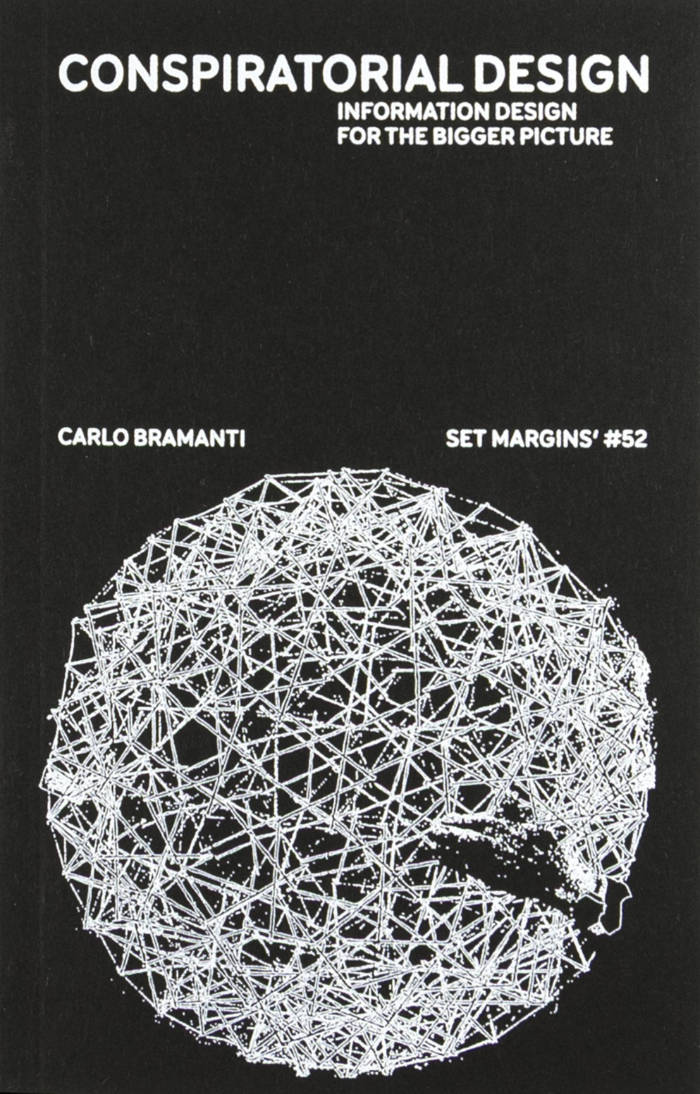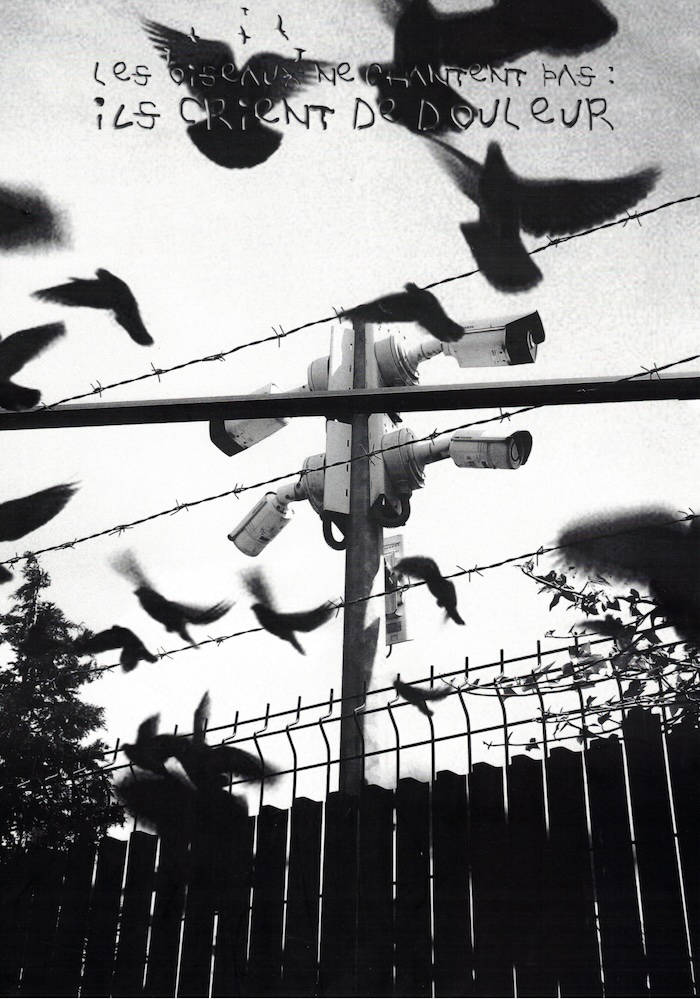
LSD #02 – A Typographic Issue
The second issue of the Cahiers du centre national du graphisme (National Graphic Design Center) is about typography, observed through artistic, cultural, societal, or technical approaches, with a focus on the work of the font designer Jean-François Rey and his exhibition "Typography and comics" at le Signe, centre national du graphisme, by the curator Jean-Noël Lafargue.
LSD 2 opens on history of art and graphic design with the text by Catherine Guiral, the question of "free" fonts studied by Frank Adebiaye, but also publishes an essai on research in the French language of inclusive, not -binary, post-binary or even genderfuck typography practices, by Caroline Dath ° Camille Circlude.
With texts by Frank Adebiaye, Caroline Dath ° Camille Circlude, Catherine Guiral, Jean-Noël Lafargue, Jean-François Rey.
Graphic design: officeabc.
Published in October 2021
Bilingual edition (English / French)
13 x 19 cm (softcover)
224 pages (20 color & 42 b/w ill.)




